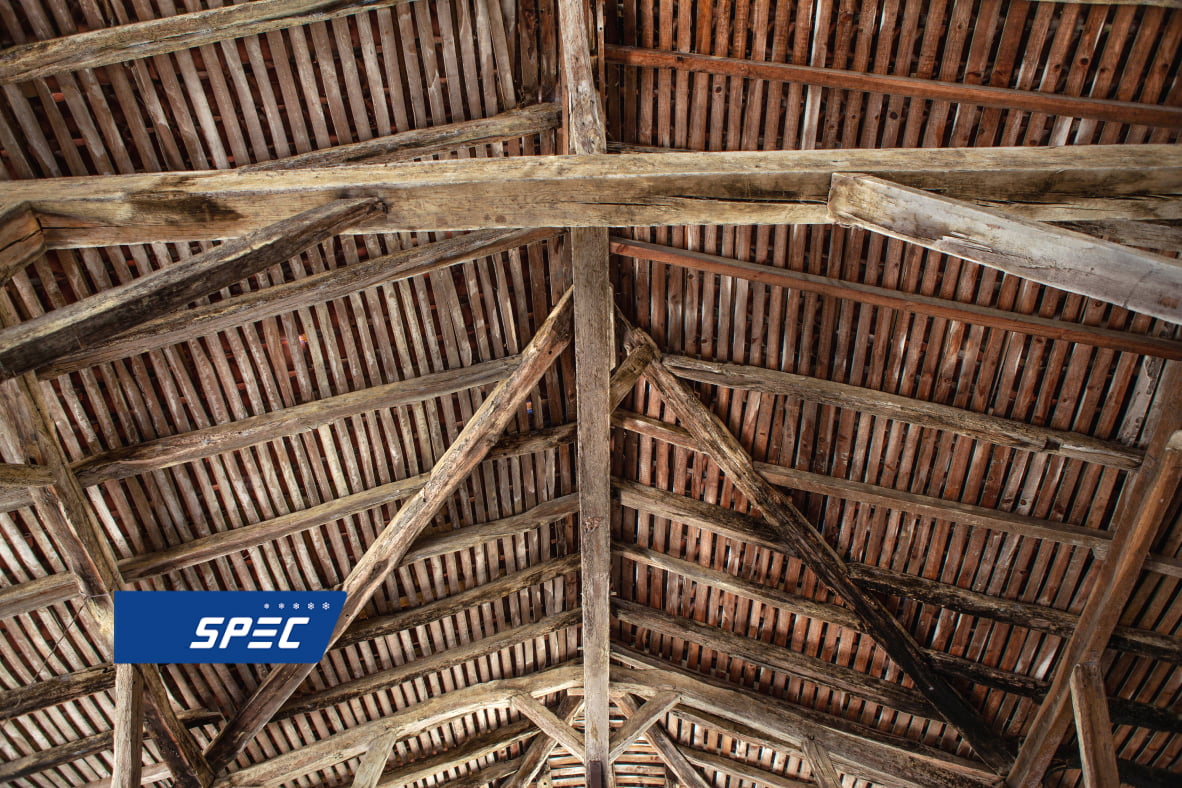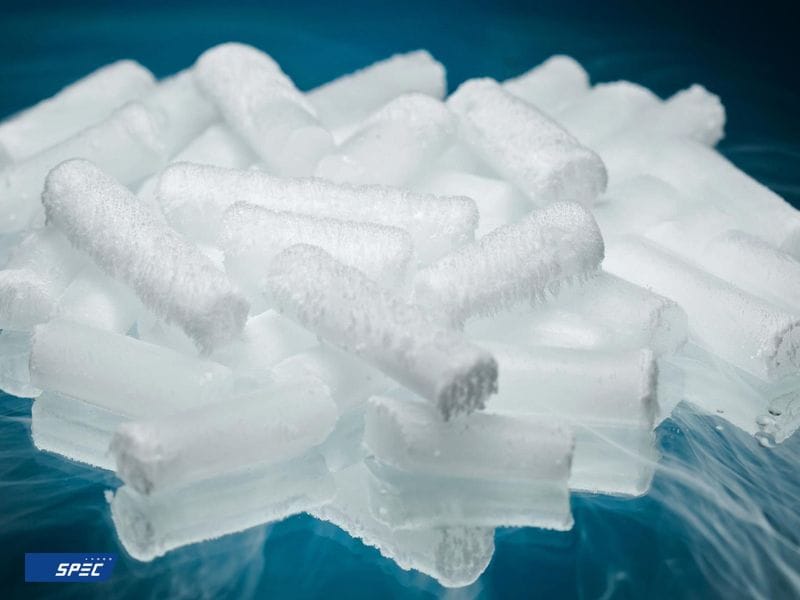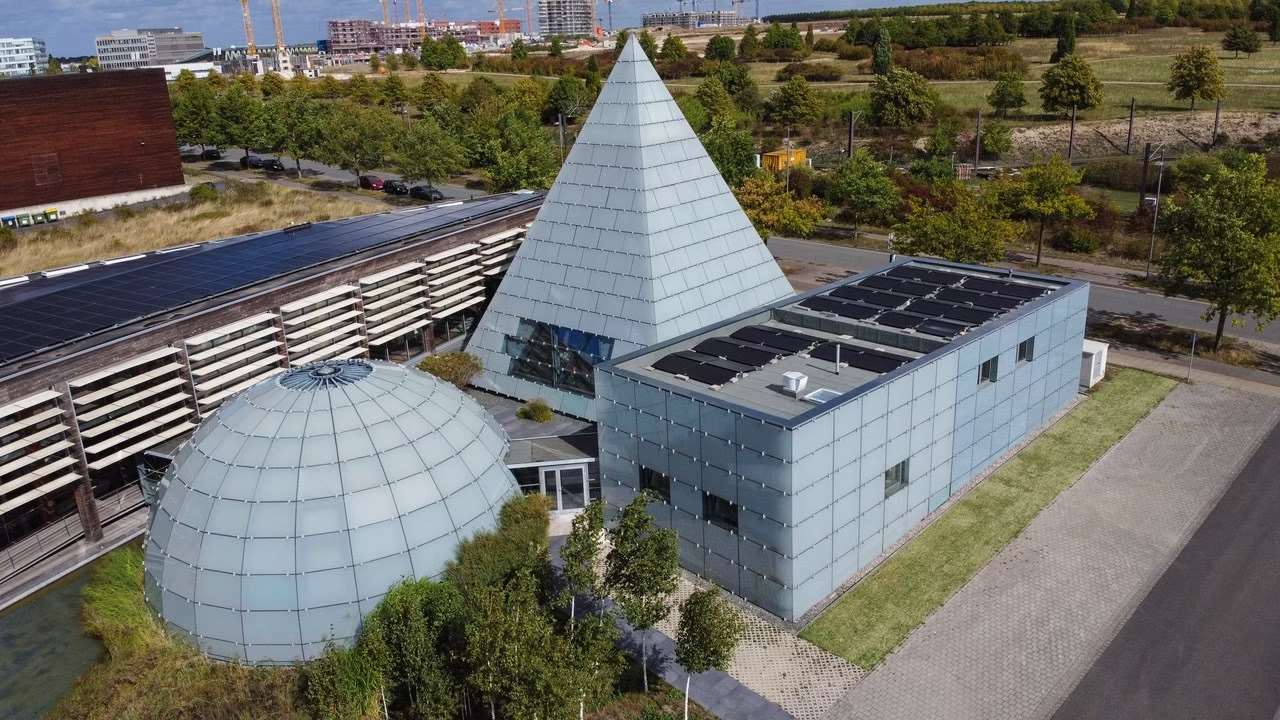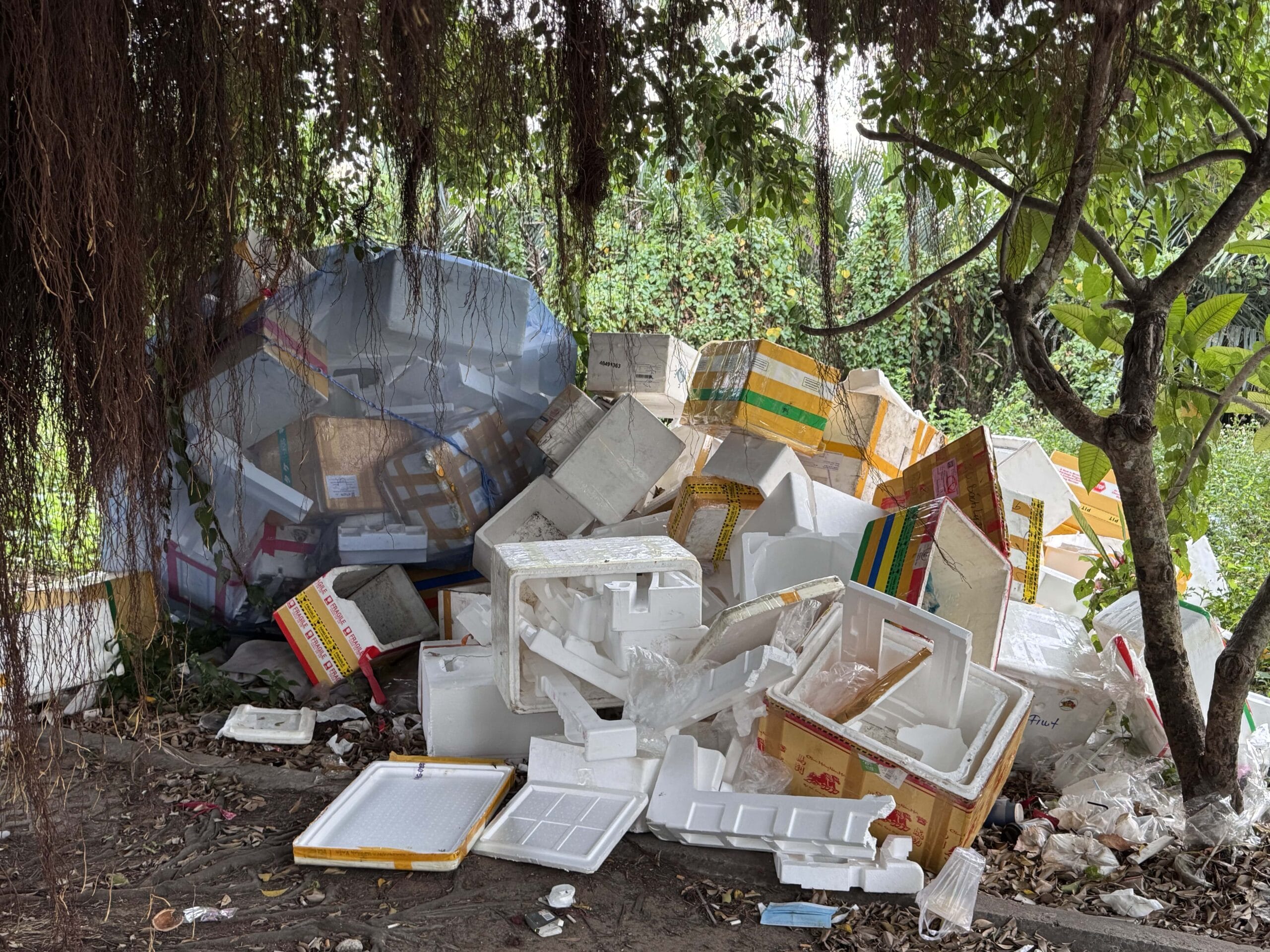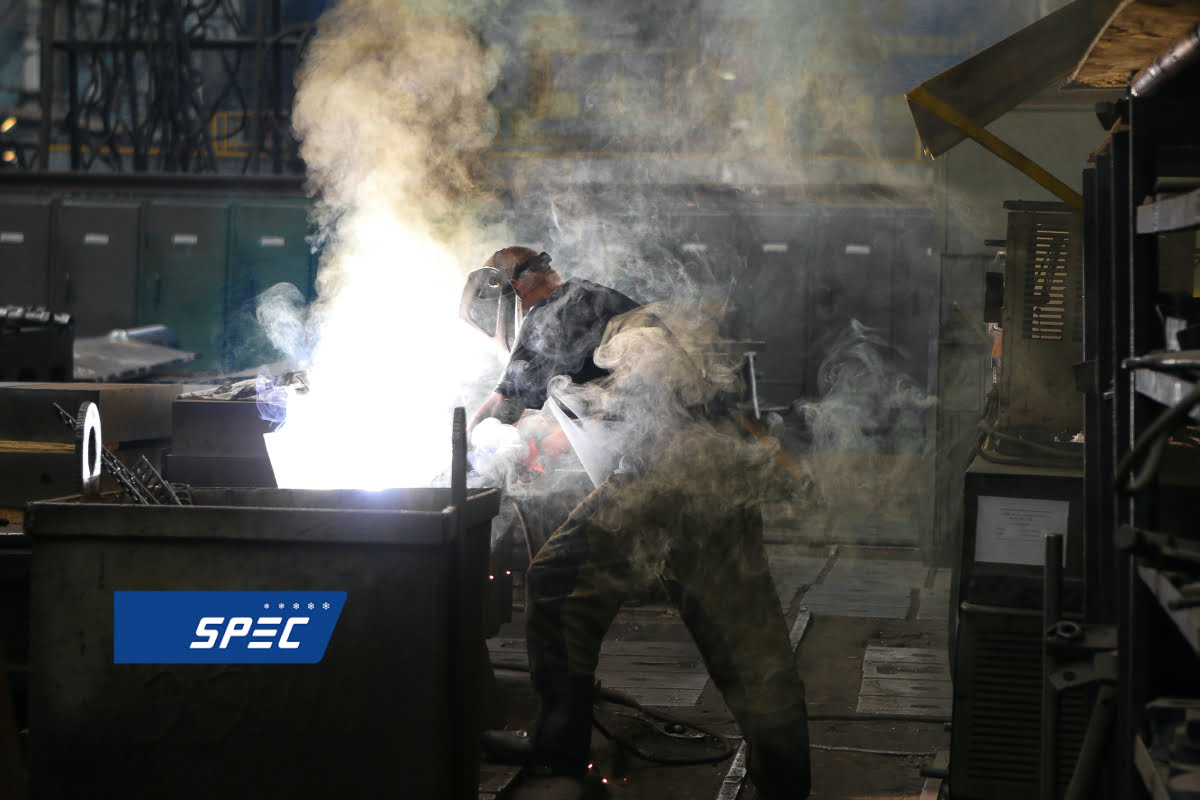Construction restoration is a challenging project to get over with, especially for old buildings and historical sites. With the help of dry ice blasting, you can save up plenty of time and bring back the appealing appearance to its original state! In this article, let’s learn more about construction restoration with dry ice blasting with Specco2!
Why you should use dry ice blasting for construction restoration?
When it comes to restoring constructions, dry ice blasting can really be put into good use for various purposes. Traditionally, there are different solutions to opt for in order to restore buildings. It can be chemical cleaning or pressure washing. However, these solutions are not only bad for the original properties but it can also affect the worker’s health and the surrounding environment immensely. Chemicals can strip away the outer layer of the material underneath whereas pressure washing can push further the deterioration rate of the material and decrease its lifespan.
Dry ice blasting operates mainly by using Microparticles, otherwise known as solid carbon dioxide (CO2) pellets. These pellets can be cut into desired sizes depending on the surface to be cleaned. Dry ice blasting works by blasting out dry ice pellets at supersonic speeds and sublimating upon impact, lifting dirt and contaminants off the underlying surface.
The benefits of dry ice blasting are numerous:
- Non-abrasive and damage-free to construction’s surface
As we are talking about construction restoration, the ultimate purpose is to restore the property back to its original state, clean and unharmed so it is best not to do any further damage to it such as using abrasive media and chemicals. This is what makes dry ice blasting an ideal solution to this problem since dry ice is only classified at the range of 1.5 – 2 on the Mohs scale of hardness; indicating that dry ice is a soft media that is non-abrasive but when blasted at supersonic speed, it can still be powerful enough to effectively remove paint, grease, grime, and other contaminants from surfaces without damaging the underlying material and surfaces. - No secondary waste
The second thing that makes dry ice blasting stand out is that there will be no secondary waste after the restoration process is done. This is thanks to the trait of dry ice being able to easily sublimate upon impact, changing from solid ice back to its gaseous form. Resulting in no secondary waste left behind and requiring no major physical clean-up, no moisture and harmful substances within the area. This is not only good for the environment but also cost-efficient for business owners for not having to pay extra fees for the additional clean up after finishing cleaning process with dry ice! - Superior cleaning in a short amount of time
By using dry ice blasting you can reduce up to 70% of time spent on cleaning and restoring construction compared to any conventional solutions. Thanks to advanced scientific technology, there will be no need for a large number of workersThe combination of kinetic energy and thermodynamics will break the bond between the impurities and the device surface, removing stains very quickly and effectively. In addition, with the versatility in the size of nozzles and dry ice pellets, these dry ice blasters can access and clean hard-to-reach areas, such as the tight angles of trusses, around nails, wiring and all plumbing without damage to the surface integrity. Presenting you with a superior cleaning and bringing back that appealing facade.
Different types of construction restoration
Over a span of a decade, buildings are very likely to deteriorate and degrade and the quality will also likely to reduce also. This will result in an unappealing appearance, covered by dust, paint, substances, smoke caused by fire damage, etc. There are many types of restoration needed for buildings, properties and constructions in general, including:
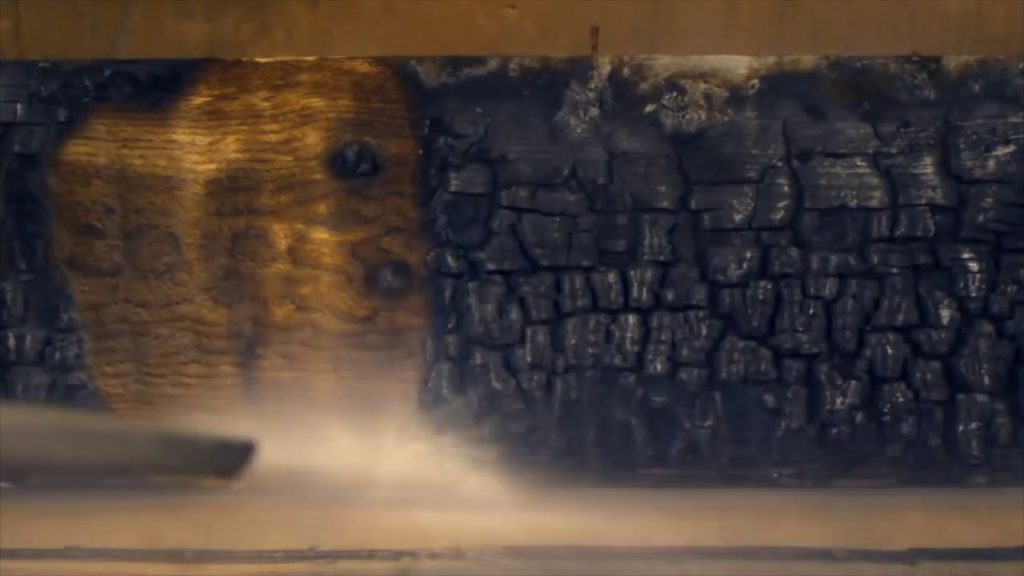
- Restoring properties damaged by smoke and fire
It is always labor-intensive time and money when it comes to restoring properties that are damaged by smoke and fire. Especially with building materials that cannot be replaced and demand gentle cleaning solutions to eliminate the contaminated outer layer of the surface throughout the years. Dry ice blasting is a cleaning method that uses dry ice pellets to remove soot, smoke, and other debris caused by a fire. The dry ice is gentle but still powerful enough to remove any stubborn contaminants and it’s considered as an effective way to restore buildings and structures after a fire since it is non-abrasive and doesn’t damage the underlying surface. Dry ice blasting can also be used to clean walls, ceilings, and floors, as well as machinery and equipment damaged by the fire. - Restoring historical sites
Historical restoration requires specialized techniques to preserve and restore buildings, monuments and other structures to their original condition and dry ice blasting is currently the best solution out there in the market. This method can be used for a variety of historical restoration projects, such as removing dirt and paint from historical buildings, cleaning statues and monuments, and restoring brick and stonework. It can even be used on delicate surfaces like wood and marble. In addition, one of the most outstanding advantages of dry ice blasting is its ability to remove paint and coatings without damaging the underlying surface. This is especially important for historical restoration projects where preserving the original structure is critical. - Mold remediation
Mold can cause many problems regarding health issues as well as it can damage and decrease the quality of building structures over time. Dry ice blasting is an ideal solution for mold removal as it is safe for both the workers and the environment. Unlike the traditional method of removing mold is through the time-consuming process of sanding or using wire brushes. Disinfectants and cleaning solutions can also be used. However, sanitizing chemicals also add moisture back into the wood, making it hard to later apply mold-resistant sealants. Dry ice blasting leaves no residue and does not create any hazardous waste. The process is also non-abrasive, which means that it will not damage the surface being treated but still efficient enough to penetrate deep into porous surfaces such as wood and concrete to remove mold and other contaminants that may be nested inside. - Paint and graffiti removal
Over time, the facade of the construction can be filled with layer of paints or even graffiti and it will need a lot of effort to deal with this problem. Just like with mold removal, the dry ice media, blasted using pressurized air at user-controlled speeds, sublimates upon impact with the surface being cleaned, lifting away dirt and contaminants safely from the layer of paint and graffiti, without leaving behind any secondary waste. This solution won’t wear off the buildings thanks to its non-abrasive traits, which plays an essential role in maintaining the quality as well as the longevity of the building over time.
Conclusion
In conclusion, dry ice blasting is a safe, effective, and eco-friendly method suitable for any construction restoration project. Whether you are restoring a historical building, or a property that was damaged by smoke and fire, dry ice blasting can help you achieve your restoration goals. Its ability to remove unwanted materials without damaging underlying surfaces makes it a valuable tool for construction professionals. If you are planning a restoration project, consider using dry ice blasting to ensure that your project is completed on time, within budget, and to the highest standards of cleanliness.
For more information and guidance in finding the solution you need, contact Specco2 today! Specco2 is the official distributor of SPECCo2 in Vietnam, specializing in distributing dry ice machines and producing dry ice.

